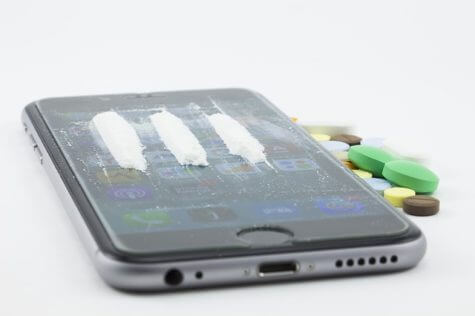BALTIMORE — Fentanyl is one of the most potent opioids devastating communities across the United States, having been found in more than half of those who died from opioid overdoses in 2016. It’s often laced into street drugs, making it difficult for users to know the potency of the illegal substances they’re ingesting. But what if users had the ability to test drugs for fentanyl beforehand? Could numerous lives be saved?
As the opioid epidemic wears on, a team of researchers at Rhode Island Hospital/Brown University and the Johns Hopkins Bloomberg School of Public Health set out to test whether utilizing BTNX fentanyl testing strips, a low-cost, litmus test-like technology, to check illicit street drugs for the opioid is feasible. They also polled drug users on whether they’d even take advantage of such a tool.

The hope is that, while still battling the forces that drive them to addiction, people using these drugs can prevent overdoses themselves.
“We are at a pivotal moment in the overdose epidemic, and we need to embrace the full range of interventions that can save lives,” says study co-author Susan Sherman, a professor at Hopkins, in a press release.
For the study, the researchers looked at the viability of the strips against two machines that are also used to inspect substances for fentanyl. While all three technologies determined the lowest concentration of fentanyl that could be traced in a substance (known as the “detection limit), and could signal when it was present (measured as “sensitivity”) or not present (“specificity”), the testing strips were found to have the lowest detection limit and highest rates of sensitivity and specificity.
The survey showed that those who use street drugs would like a way to test for other drugs and learn their risk of overdose if possible. After polling 335 regular drug users, the team found that 84% were concerned the drugs they were using contained fentanyl, while three quarters preferred their drugs of choice didn’t contain the substance at all. Should fentanyl be detected, 7 in 10 said they’d modify their behavior by either not using that particular substance at all, consuming it more slowly, or taking it with someone who has access to the overdose antidote, Narcan.
Nine in 10 agreed that accurate drug checking was a viable way to prevent death from overdose.
In 2016, 64,000 people died from drug overdoses in the United States. It’s estimated that fentanyl alone contributed to 20,000 of those overdose deaths. Fentanyl is often pressed into illegal prescription drugs or cut into cocaine and heroin.
“Our findings bring to the table evidence that can inform a public health approach to the fentanyl crisis. Smart strategies that reduce harm can save lives,” says Sherman.
More findings on the study and the testing strips can be read in greater detail here.

Comments
Comments are closed.